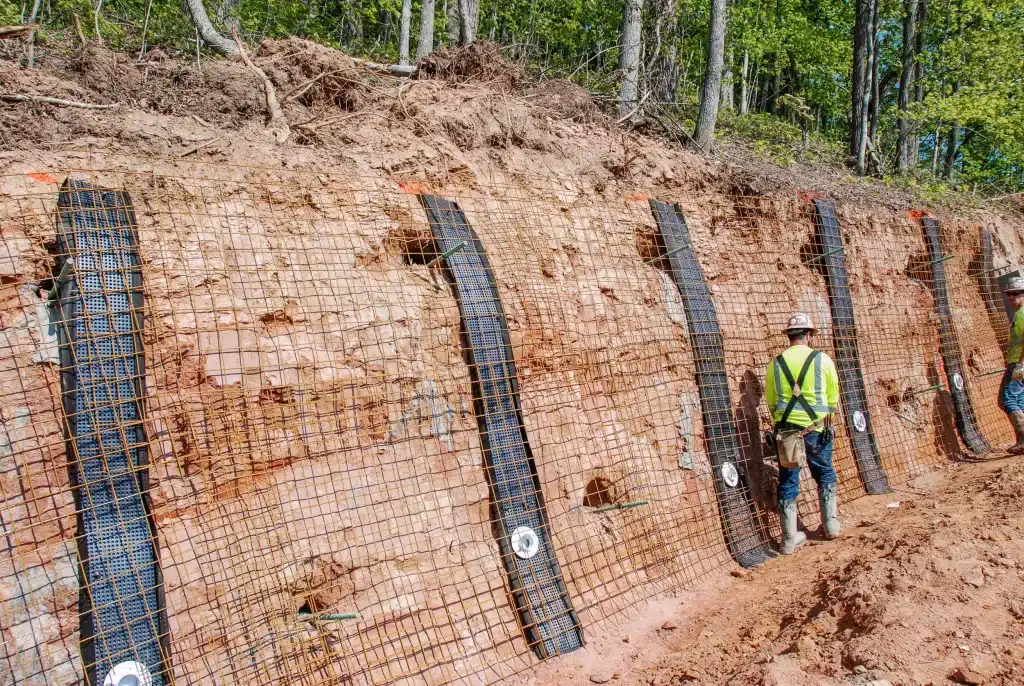+86-159 9860 6917
info@geofantex.com
geofantex@gmail.com
+86-400-8266163-44899
What sets Geocomposite Drain Boards apart is their layered structure, which combines different materials to optimize performance. Typically, these drain boards consist of a geotextile fabric layer that acts as a filter, preventing soil particles from clogging the drainage channels. The core of the drain board is designed with channels or perforations that facilitate the swift flow of water, efficiently directing it away from the area.
The advantages of Geocomposite Drain Boards are numerous. They not only provide effective drainage but also contribute to soil stability by preventing waterlogging, which can weaken the soil structure. This aspect is particularly important for construction projects where soil integrity is paramount. Additionally, Geocomposite Drain Boards play a role in promoting environmental sustainability. By managing stormwater runoff and reducing soil erosion, they help protect local ecosystems and water quality.

What is a geocomposite drain?
A geocomposite wall drain is a premanufactured drainage system employed for providing drainage behind Earth Retaining Structures (ERSs) or abutment backwalls. This drain consists of a flexible plastic drainage core that is securely bonded to a non-woven geotextile.
What is the difference between geocomposite and geotextile?
A geocomposite is comprised of one or more geosynthetics, such as geogrids, geotextiles, geomembranes, and/or geonets, combined with another material. Geotextiles find primary usage in applications that necessitate functions like separation, filtration, reinforcement, and drainage.
How thick is geocomposite drain?
What is the thickness of Geocomposites? The thickness typically ranges from 4 to 10 mm, which may vary depending on the grade of the drainage net core, geotextile, or geomembrane used. It is important to note that the thickness of the Geocomposite will decrease as the weight of the soil fill increases.
What are the types of geocomposite drain?
There are three primary types of geocomposite materials: drainage geocomposites, reinforcement geocomposites, and fluid barrier geocomposites. Effective water management is crucial for ensuring the stability of various geotechnical structures, and drainage geocomposites have emerged as essential materials for fulfilling this requirement.



Get Free Sample
We’ll respond as soon as possible(within 12 hours)






















